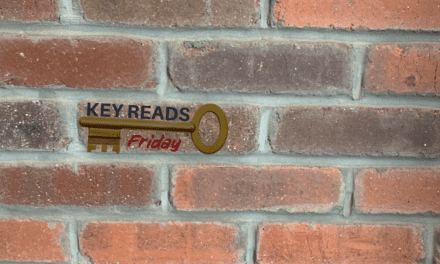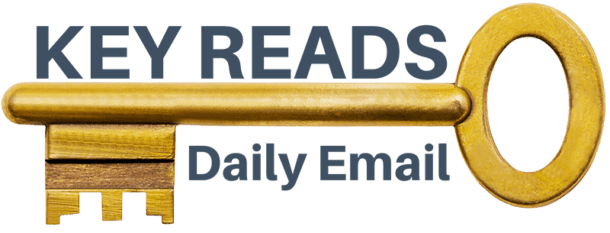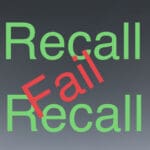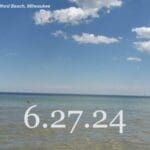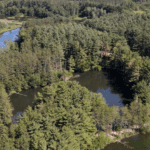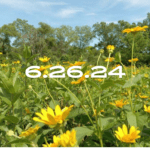The Wisconsin Department of Natural Resources (DNR) reminds boaters to help stop the spread of invasive plants and animals in our waters as part of the Great Lakes Landing Blitz.
The effort is a collaboration of all Great Lakes states and provinces to educate boaters that simple clean-up steps and draining water from the boat and live wells can help prevent the spread of aquatic invasive species (AIS). We can all make a difference whether we are enjoying the water with a fishing or recreational boat, jet ski or paddle craft.
From June 26 to July 6, volunteers and regional aquatic invasive species prevention partners will greet many Wisconsin boaters at landings and access points. Clean Boats Clean Waters boat inspectors will give out a boat trailer sticker with a graphic showing where plants, tiny animals and potentially contaminated water can hide on a boat and trailer.
“It only takes a minute to remove plants, animals, mud or debris from boats, trailers and equipment and to drain all water from bilges, livewells and bait buckets,” said Erin McFarlane, the Statewide Clean Boats Clean Waters Educator with Extension Lakes. “These simple steps help keep invasive species from hitching a ride from one lake or river to another.”
Every boater and angler has a role to play in protecting Wisconsin’s lakes and rivers. Everyone should follow these prevention steps, required by Wisconsin state law, to help prevent the spread of aquatic invasive species in our waters:
- Inspect boats, trailers and equipment before and after use.
- Remove all mud and attached aquatic plants and animals.
- Drain all water from boats, vehicles and equipment, including livewells and fish buckets.
- Never move plants or live fish away from a waterbody.
- Dispose of unwanted bait in the trash.
- Buy minnows from a Wisconsin bait dealer.
Additionally, only use leftover minnows when fishing with them on the same body of water. They can be used on other waters only if no lake or river water or other fish have been added to their container.
To learn more about invasive species and their impacts on Wisconsin’s waters and economy, visit the DNR’s Invasive Species webpage.

